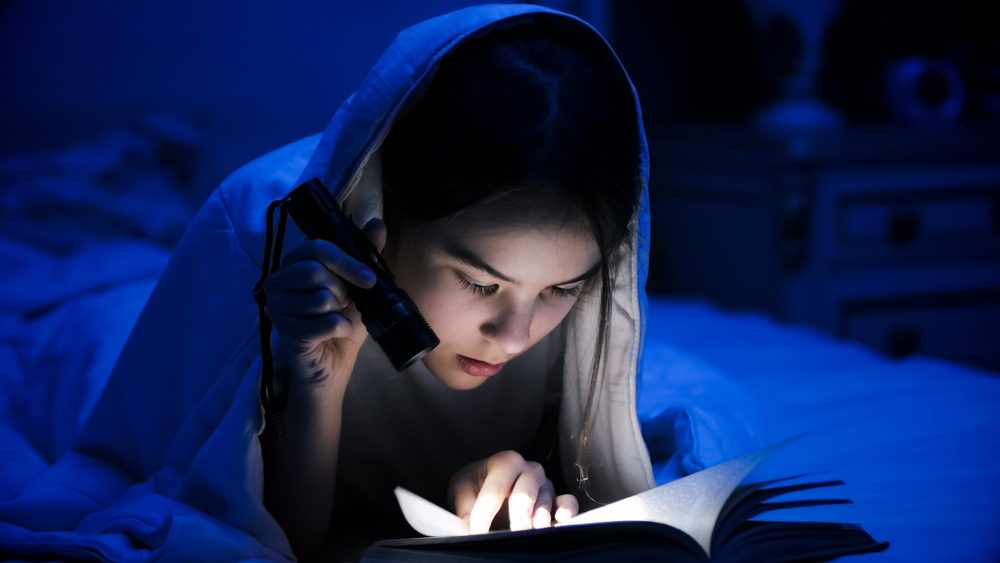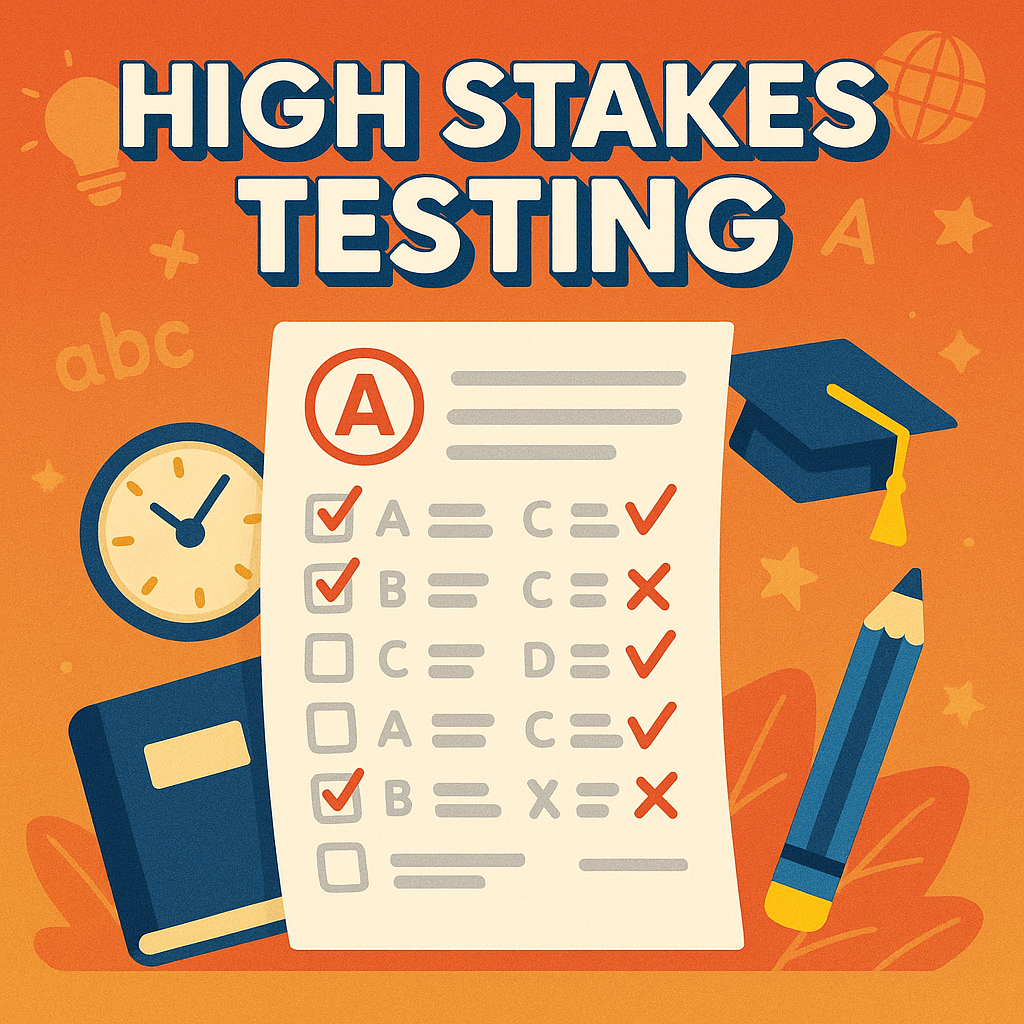
JAKARTA, inca.ac.id – Horror Stories: Mastering the Art of Suspense and Fear has always been such a mysterious topic for me. Ever since I was a kid sneaking scary books under the covers with just a flashlight, the rush from a well-timed jump scare or a slow-building feeling of dread seriously got my heart pounding. It’s wild how some stories absolutely grip you, while others just sorta flop, right?
Why Suspense and Fear Make or Break Horror Stories

Let me level with you: Horror Stories: Mastering the Art of Suspense and Fear isn’t something that comes instantly. My early stories? They were… meh. I’d throw in a ghost or creepy sound and hope for the best. Then I realized: suspense is the secret sauce. If you don’t hook your reader and keep their nerves buzzing, horror just doesn’t hit the same way.
But why does suspense actually work? Humans are naturally curious—our brains crave ‘what happens next’. According to psychologist Dr. Glenn D. Walters, suspenseful moments in horror tap into our survival instincts and make our attention spike (Knowledge bomb, right?). My first tip is: always leave ‘em hanging, just a little. Once I started ending chapters or scenes with burning questions, even I wanted to know what came next!
Lessons from My Biggest Horror Where-I-Went-Wrong Moments
Okay, confession time. My first horror story draft was all action, no buildup. Ghost appears. There’s a scream. Everyone dies. The end. Yawn. Looking back, I realize the good stuff is in the wait, not just the scares.
I remember showing that story to a friend. He goes, “Dude, I want to care why the ghost’s even pissed off. Where’s the tension?” That really stuck with me. Since then, I always ask myself: what’s the motivation, why would anyone actually be scared, and what tiny details can I add to build the mood?
Common rookie mistake? Tell everything too soon. If you show the monster on page one, you’ve got nowhere to go. Let your readers imagine the threat first. Trust me—our minds will conjure way scarier things than any explicit reveal.
Tools and Tricks for Mastering Suspense (That Actually Work)
Here’s where it gets juicy: Horror Stories: Mastering the Art of Suspense and Fear means stacking up little, unsettling details. For example, in my short story about an abandoned hospital, I didn’t start with blood or ghosts. I described the flicker of a dying fluorescent light and how every other step sounded wrong. Super simple, cheap effects, but wow—it gets people tense.
If you want to spice things up, here’s a killer technique: unreliable narrators. Try making your main character doubt their own senses. Are those footsteps in the attic real, or are they just freaking out? That trick keeps readers on edge because nobody knows what’s real (and uncertainty is the root of true fear!).
I also swear by the slow reveal. Drop hints, scatter weird details, mention something almost by accident—and THEN deliver the big scare. I once wrote about a character who notices a strange smell in their apartment but shrugs it off. Pages later, that smell becomes central to the horror, and every reader DM’d me saying, “Oooh, I felt that coming!”
What Readers Really Want: Paying Attention to the Little Things
Another thing I learned—straight from feedback and, honestly, some embarrassing online reviews—is that readers want characters and settings they can connect with. Yeah, you want horror and suspense, but people have to care about what’s at stake. If your story’s just a parade of scares, it feels hollow.
One trick? Borrow from real life. For example, one of my stories is set in a boarding house suspiciously similar to my ex’s place (creaky stairs and all). Readers caught on and said it made the fear way more believable because it felt like it could happen to them.
And data backs this up! According to a 2023 study from the International Journal of Storytelling, horror stories rooted in everyday experiences are rated as 35% scarier by readers. That’s wild, right?
Mastering the Art: My Actionable Tips for You
So, if you want to nail Horror Stories: Mastering the Art of Suspense and Fear, here’s my no-BS advice:
- Drag out the unknown. Don’t spill all your secrets at once—tease them out, piece by piece.
- Use sensory details. Make readers feel what your characters feel (smells, sounds, that prickly feeling on your neck—go weird with it!).
- Don’t overexplain. Leave stuff to the imagination. The less you see, the more your mind fills in the gaps (and trust me, readers’ minds are scary places).
- Build relatable characters. If readers want your hero to survive, they’ll be sweating every close call.
- Play with pacing. Mix slow, tense moments with sudden bursts of action—keeps everyone jumpy.
Here’s a practical step: Try writing a ‘two-sentence horror’ every day for a week. It forces you to pack suspense into a tiny space. Mine usually start normal (“I tucked my daughter into bed…”) and end with something twisted (“…then I heard her voice from the closet asking who I just kissed goodnight.”).
The Payoff: Why It’s Worth Mastering Horror Stories
One of the absolute best feelings in the world? When someone messages you to say your story kept them up all night. Or better yet—they couldn’t turn off the lights. Horror Stories: Mastering the Art of Suspense and Fear isn’t just about scaring people for fun. It’s about giving them a wild, unforgettable ride.
Does it always work? Nope! Sometimes, despite all my best tricks, a story falls flat or someone just doesn’t vibe. But that’s just part of the grind. Every time you try, you get a little better.
So next time it’s stormy out, or you hear something weird in your hallway—take notes. All those little moments? That’s where your best suspense is hiding.
Conclusion: Just Go For It!
Horror Stories: Mastering the Art of Suspense and Fear isn’t about being perfect. It’s about practice, messing up, and learning what freaks people out (in a good way). Use these tips, learn from my mistakes, mix in your own weirdness, and you’ll be writing stories that send chills down everyone’s spine, promise.
Got your own horror writing horror stories? Slide into my DMs or drop a comment—I’d legit love to swap nightmares and see what keeps you up at night. Happy haunting, and remember: the real monsters are often hiding right under your nose…
Enhance Your Skills: Discover Our Expertise on Knowledge
Check Out Our Last Article on Power of Information!
#Fear #Horror Stories #Mastering Suspense #Storytelling #Suspense Techniques #Writing Tips







